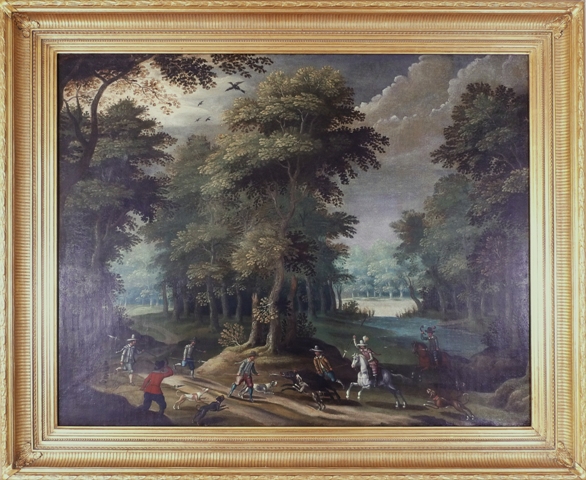custom framing styles » American picture frames
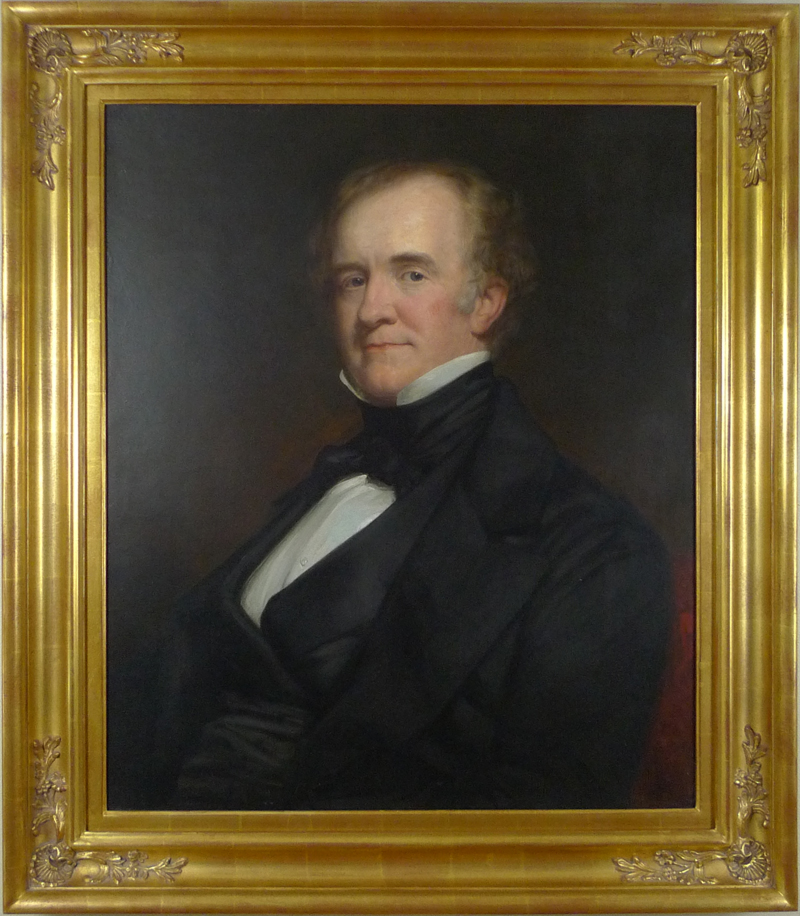
Classic American picture frame- gilded scoop frame with corner details and gold leaf liner
American picture frames
As an outgrowth of the Neoclassical period that was defined by the Louis XVI frame, American Federalist frames were slightly less ornamented and derived their inspiration from Classical antiquity. Sparked most forcibly by the discoveries in Pompeii and Herculaneum, the imitation of classical themes was prevalent during this era.Many wealthy and prominent Americans, having traveled around southern Europe to pursue their studies on the Grand Tour, were inspired not only by Greek and Roman literature, history, and philosophy, but by classical architecture as well. Defined by ancient Roman symbols such as laurel and acanthus leaves, pearls and berries, Federal era frames were reminiscent of ancient Roman values of liberty, justice, and patriotism.Similar to the Italian Maratta frame, Federalist era frames would have included the alternating leaves and lamb’s tongue pattern as well as additional “American” elements such as flags, stars, and shields.


America was beginning to develop as a country and western expansion revealed new landscapes, geography, and an enormous diversity of natural environs; artists began to take advantage of the beauty of the country.Thomas Cole, Frederic Edwin Church, and Albert Bierstadt were among the many that comprised the Hudson River School, which lasted about a decade and advocated the use of huge, heavily ornamented frames and colossal “salon paintings” to celebrate the grandeur of expansion and new territories. The naturalistic themes of the paintings matched the frames: components such as sand, rocks, nuts, leaves, and berry motifs were most common.
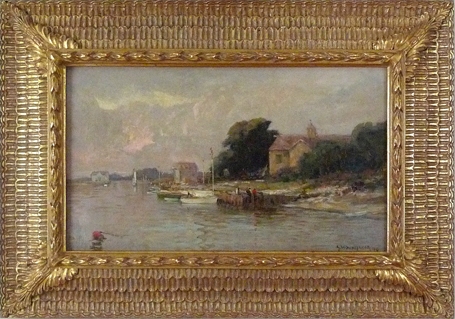
Stanford White Frame
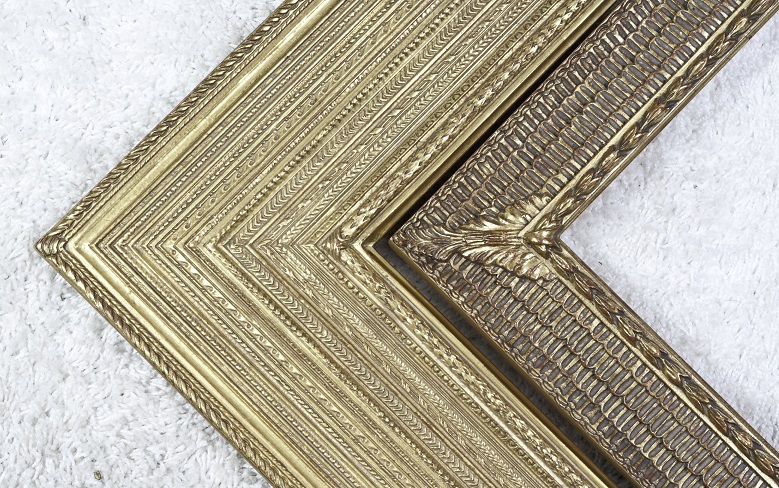
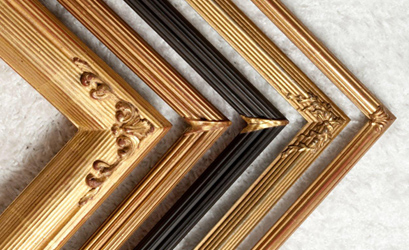

After the Civil War had ended, the North prospered greatly and industrial development skyrocketed. With a significant growth in the demand for home furnishings, America entered into a movement defined by arts and crafts. In concordance with a strive toward mass production, there was a return to a more simple, less decorative classical theme. The artist James McNeill Whistler developed a reeded molding frame style that was particularly popular during this time, and the craftsmanship of frame design echoed furniture design quite similarly. Most antebellum frames consisted of plain woods and square frames, and this linear design was used by many realist painters, most notably the painter Thomas Eakins.


Beaux-arts architecture was the inspiration for the next era of framing style. Known as the Gilded Age, prominent architects like Stanford White set the standard for framing techniques. Marked by the opulence of classical and central European architecture and often embellished with Moorish and Islamic influence, frames of the Gilded Age resembled the glorious architecture of federal and municipal buildings that were appearing all around European and American capital cities. Yet it was during the decade preceding the dawn of the twentieth century that American frames really gained their own distinct style and characterization. Quality frames were high in demand since museums were becoming more and more popular. The typical “American” design consisted of a simple linear frame with a curved scoop. This was the unique American style, and the “scoop frame” or “ fluted cove” frame defined a distinct genre of framing styles: a style that was attributed to Americans.
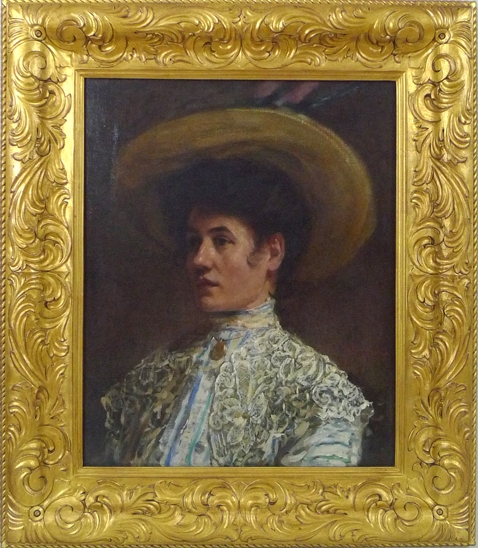
Carrig-Rohane Frame
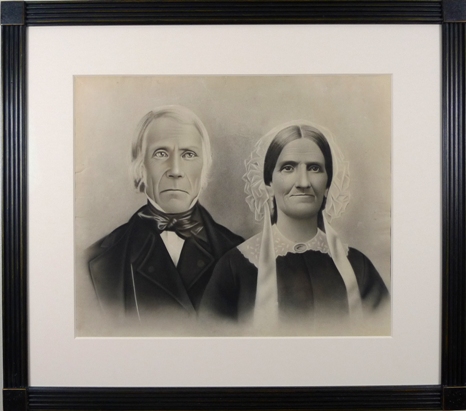
American picture frames- Hicks frame
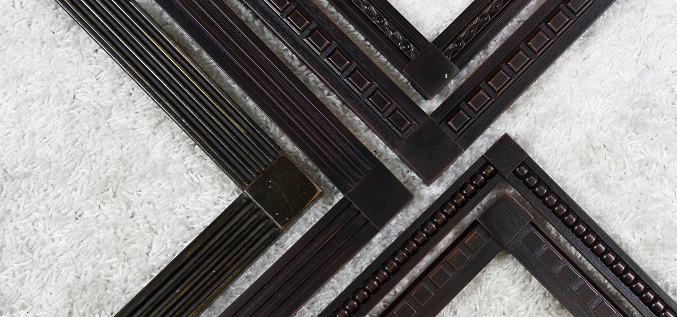
Hicks Custom Frames
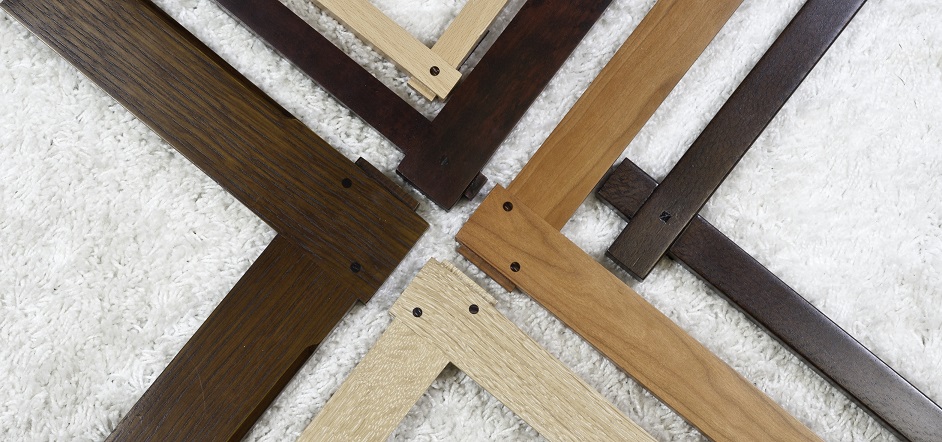
Arts and Crafts American picture frames
Hudson River style gilded custom frame
MAIN WEBSITE: https://www.OliverBrothersOnline.com
Oliver Brothers Custom Framing 117 Elliott Street, Beverly, MA 01915 617.536.2323


